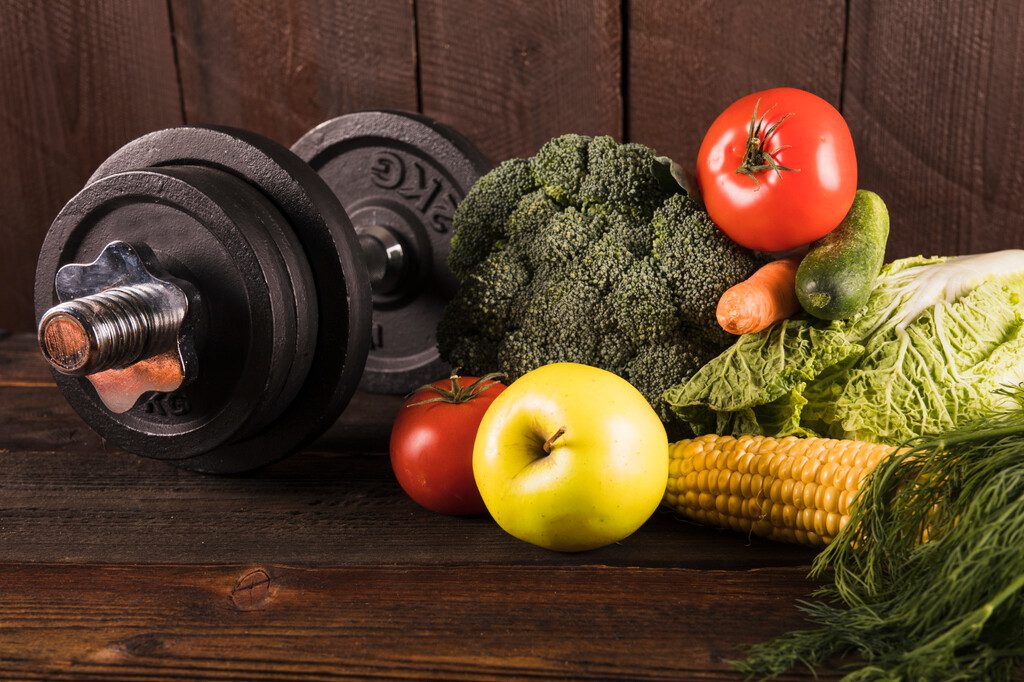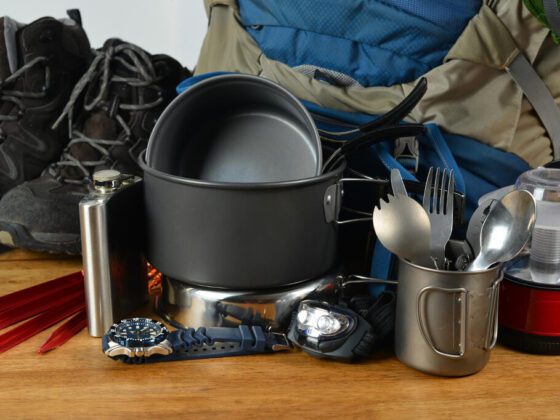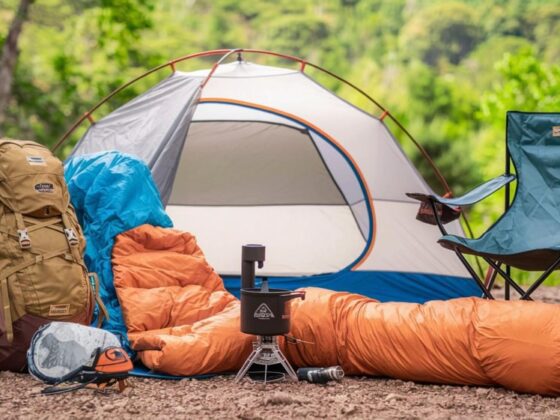Carb loading tăng lượng glycogen dự trữ, tăng cường sức bền cho các vận động viên tham gia các sự kiện kéo dài hơn 90 phút. Nó liên quan đến việc tăng lượng carbohydrate từ một đến sáu ngày trước sự kiện, tùy thuộc vào thời lượng. Vận động viên nên tiêu thụ 10–12 gram carbohydrate mỗi kg trọng lượng cơ thể hàng ngày, tập trung vào các thực phẩm ít chất béo, ít protein và nhiều carbohydrate. Tránh các lỗi phổ biến như ăn quá nhiều không đúng cách, bỏ qua protein và nước, giới thiệu thực phẩm mới hoặc tiêu thụ quá nhiều chất béo/chất xơ. Tham khảo ý kiến chuyên gia dinh dưỡng để lập kế hoạch cá nhân và tối ưu hóa lợi ích của việc nạp carb.
Table of Contents Show
Carb loading is a well-known strategy in the world of sports nutrition, particularly among endurance athletes. But what exactly is it, and does it truly enhance performance?
Related post:
- Outdoor Activities to Boost Immune System and Fight Illness
- Eating Healthy Outdoor Meals Without Cooking
- 10K Training: Conquer Your Goals with This Cutdown Workout
What Is carb loading?

Carb loading is a nutritional strategy where athletes increase their carbohydrate intake before an event to maximize the glycogen stored in muscles and liver. This stored glycogen serves as a critical energy source during prolonged physical activity, explains Lexi Moriarty, RDN. Typically, athletes start increasing their carbohydrate intake one to three days before an event, says Michelle Routhenstein, RD.
Who should try carb loading?
Carb loading is particularly beneficial for endurance athletes—those engaged in activities lasting more than 90 minutes, such as marathons, triathlons, or long-distance cycling. According to Alex Larson, RD, while carb loading won’t make you faster, it allows you to maintain your pace longer by preventing glycogen depletion, which can lead to fatigue. Research indicates a 2–3% performance boost for exercise extending beyond 90 minutes, translating to crucial minutes off race times.
Carb loading can offer several benefits

Carb loading isn’t just about fueling up before a race; it’s a strategic approach to optimizing your endurance performance and recovery. By maximizing glycogen stores, carb loading can significantly improve race times for events lasting over 90 minutes by providing sustained energy.
It also increases stamina by delaying glycogen depletion, reducing fatigue, and even aids in faster post-event recovery, better preparing your body for future training.
- Improve race times: for activities exceeding 90 minutes, additional glycogen stores can enhance performance by providing sustained energy.
- Increase stamina: by delaying glycogen depletion, athletes can maintain their stamina longer, thus staving off fatigue.
- Aid in recovery: residual glycogen post-event can aid in faster recovery, preparing the body for subsequent training.
Types of carb loading

There are different approaches to carb loading, each varying in duration and intensity:
- One-day carb loading: ideal for shorter events like a half marathon. Athletes avoid exercise and consume about 10–12 grams of carbohydrates per kilogram of body weight the day before.
- Three-day carb loading: suitable for longer events like marathons. Athletes consume at least 70% of their daily calories from carbohydrates while reducing physical activity.
- Six-day carb loading:for ultra-endurance events like Ironman races. Athletes start with a low-carb diet to deplete glycogen stores and switch to high-carb intake three days before the event.
How to carb load correctly to maximize the benefits of carb loading

Carb loading is a crucial strategy for endurance athletes, but doing it right is key to maximizing its benefits. This guide provides a step-by-step plan to ensure you’re properly fueling your body for peak performance.
Learn when to start carb loading, how many carbohydrates to consume, which foods to prioritize, and how to track your intake for optimal results. Let’s get you fueled for success!
- Start at the optimal: begin carb loading one to three days before the event, or even six days for ultra-endurance events.
- Consume the right amount of carbs: endurance athletes should aim for 10–12 grams of carbohydrates per kilogram of body weight daily, spread across meals and snacks.
- Make strategic food choices: opt for low-fat, low-protein, high-carb foods. For example, choose bagels over doughnuts.
- Consider a food journal: track your carb intake to ensure you’re meeting your goals.
Common carb loading mistakes
Carb loading can significantly boost endurance performance, but improper execution can lead to more harm than good. Avoid common pitfalls like overeating without focusing on the right carbohydrate intake, neglecting protein and hydration, or introducing unfamiliar foods.

This guide will outline critical mistakes to avoid during carb loading—from consuming excessive fat and fiber to maintaining a sensible exercise regimen—to ensure you maximize the benefits and avoid digestive distress or performance setbacks. Avoid these pitfalls to ensure effective carb loading:
- Unstrategically carb loading: Focus on the right amount of carbs rather than just eating large volumes of food.
- Hyper-focusing on carbs: Don’t neglect protein and hydration.
- Introducing new foods: Stick to familiar foods to avoid digestive issues.
- Consuming too much fat: High-fat foods can cause gastrointestinal discomfort.
- Consuming too much fiber: Avoid high-fiber foods like beans and cruciferous veggies to prevent bloating and diarrhea.
- Exercising too much: Reduce exercise to prevent depleting glycogen stores before your event.
Mastering carb loading for peak endurance performance can be challenging. This guide covers everything from understanding the basics to avoiding common mistakes. However, planning your carb intake and training schedule can be complex.
ExoTrails simplifies the process! ExoTrails helps you create a personalized carb-loading plan based on your event, fitness level, and dietary preferences, ensuring you’re fueled for success. Download ExoTrails today and optimize your training!
Conclusion
In conclusion, while carb loading can significantly benefit endurance athletes, it’s essential to do it correctly to maximize performance and recovery. Consult with a nutritionist to tailor a plan that suits your specific needs and event requirements. Follow our official Facebook page now to receive more interesting information.













Thank you for your sharing. I am worried that I lack creative ideas. It is your article that makes me full of hope. Thank you. But, I have a question, can you help me?
Thanks for sharing. I read many of your blog posts, cool, your blog is very good.